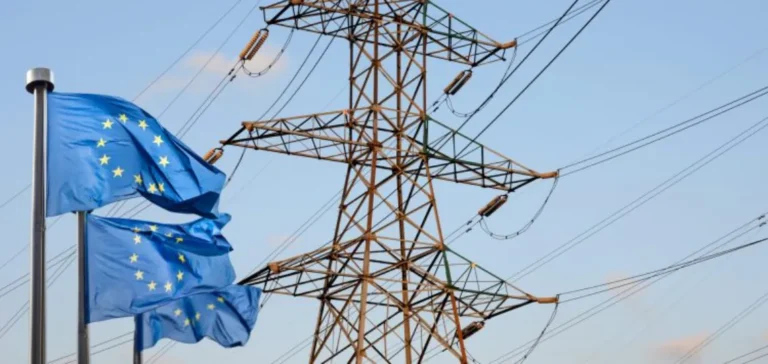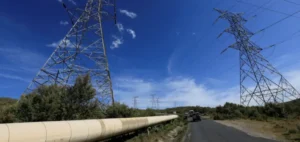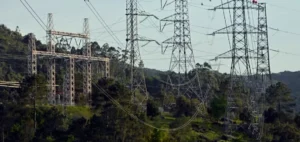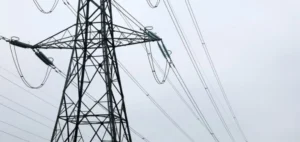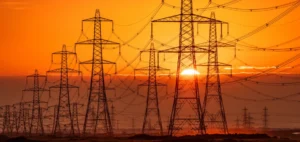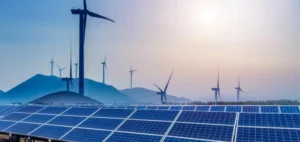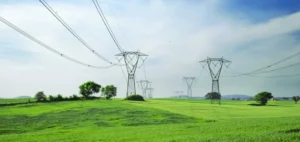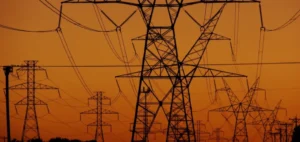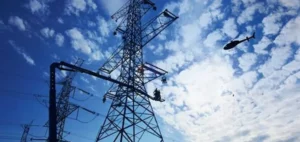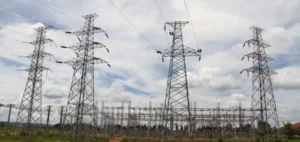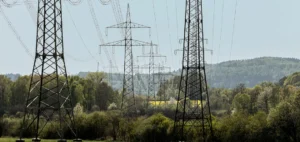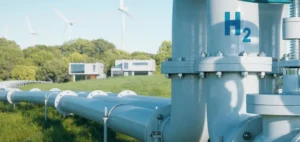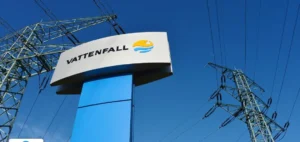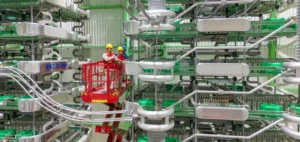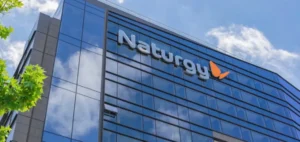The European Commission has launched a new regulatory initiative, titled Energy Highways, aimed at eliminating eight identified bottlenecks in the internal electricity market infrastructure. These measures intend to address inefficiencies in electricity transmission across the twenty-seven Member States, contain price increases and reduce the risk of supply disruptions. Commission President Ursula von der Leyen stated that the targeted sites extend from the Öresund Strait to the Strait of Sicily.
The initiative follows large-scale outages in Spain and Portugal, along with soaring prices in parts of Southeastern Europe. According to European authorities, structural weaknesses in regional interconnections undermine market stability and reduce the effectiveness of regulatory price mechanisms.
Strengthening Iberian electricity integration
The flagship project concerns the enhancement of electricity interconnections between France and the Iberian Peninsula. In May, Spain and Portugal formally requested coordinated intervention from the Commission following a network collapse affecting the entire area. Technical services have not yet determined the exact causes of the incident, but regulators point to insufficient integration as a contributing factor.
European Commissioner for Energy Dan Jorgensen noted that electricity pricing is heavily influenced by the level of connectivity between national systems. He stated that the development of these interconnections is now a regulatory priority and expressed confidence in cooperation from French authorities in implementing the project.
Targeted measures for isolated or unstable regions
Beyond the Iberian Peninsula, the plan includes activating links between Cyprus and the continent, strengthening infrastructure in Eastern Europe and the Balkans, and integrating the Baltic States into the grid. These actions are designed to address persistent imbalances in access to transmission capacity and the lack of coordination among network operators.
A specific component concerns the North Sea, which is to become an offshore connection hub for electricity networks. The Commission is also planning two transnational hydrogen corridors: one linking the North Sea to the Mediterranean, and another running from Portugal to Germany. These infrastructures aim to establish a regulatory framework for future low-carbon energy flows.
Reducing price gaps in Southeastern Europe
The final section of the programme targets price disparities and market instability in Southeastern Europe, where operators face high volatility. The planned investments aim to improve network synchronisation and enable more efficient cross-border capacity management.
The Commission has not yet disclosed the timeline or budget allocation for these projects, but regulatory discussions are underway with the Member States involved. European authorities stress the need for close technical and political coordination to achieve the stated objectives.


